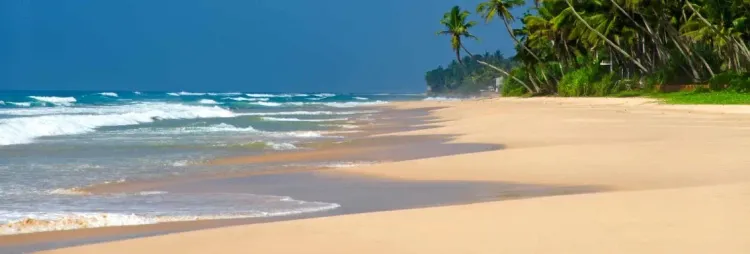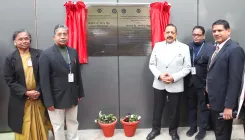Did UNESCO Recognize the Bijagos Archipelago in Guinea-Bissau?

Synopsis
Key Takeaways
- The Bijagos Archipelago is now a UNESCO World Heritage site.
- It features unique coastal and marine ecosystems.
- The area supports numerous endangered species.
- It is vital for migratory birds as a key stopover site.
- Poilao Island is significant for sea turtle nesting.
Bissau (Guinea-Bissau), July 14 (NationPress) The Bijagos Archipelago, situated in Guinea-Bissau, a West African nation, has officially been added to the UNESCO World Heritage list, as announced by the United Nations Educational, Scientific and Cultural Organization (UNESCO) on Sunday.
Designated as the Coastal and Marine Ecosystems of the Bijagos Archipelago -- Omati Minho, this newly recognized site encompasses a collection of coastal and marine ecosystems that showcase some of the most pristine marine and intertidal environments found in the region.
Located off the coast of West Africa, the Bijagos Archipelago is acknowledged as the only active deltaic archipelago on the African Atlantic coast and stands out as one of the rarest of its kind globally, according to reports from Xinhua news agency.
The region is celebrated for its remarkable biodiversity and its deep connections to traditional local ways of life.
As per UNESCO, the site hosts numerous endangered and rare species, including Green and Leatherback turtles, West African manatees, and various dolphin species.
Each year, over 870,000 migratory shorebirds utilize the Bijagos Archipelago as a crucial stopover or wintering habitat.
The archipelago's ecosystems comprise mangroves, mudflats, and intertidal zones that are essential for marine life. Additionally, the area sustains rare plant species, diverse fish populations, and vital bird colonies.
Poilao Island, a part of the archipelago, is recognized as a globally significant nesting ground for sea turtles, particularly Green turtles, and serves as a central focus for conservation initiatives in the region.
The Bijagos Archipelago spans an area of over 10,000 square km, featuring extensive sandbanks and mudflats. It consists of 88 islands and islets, with roughly 20 being permanently inhabited.










